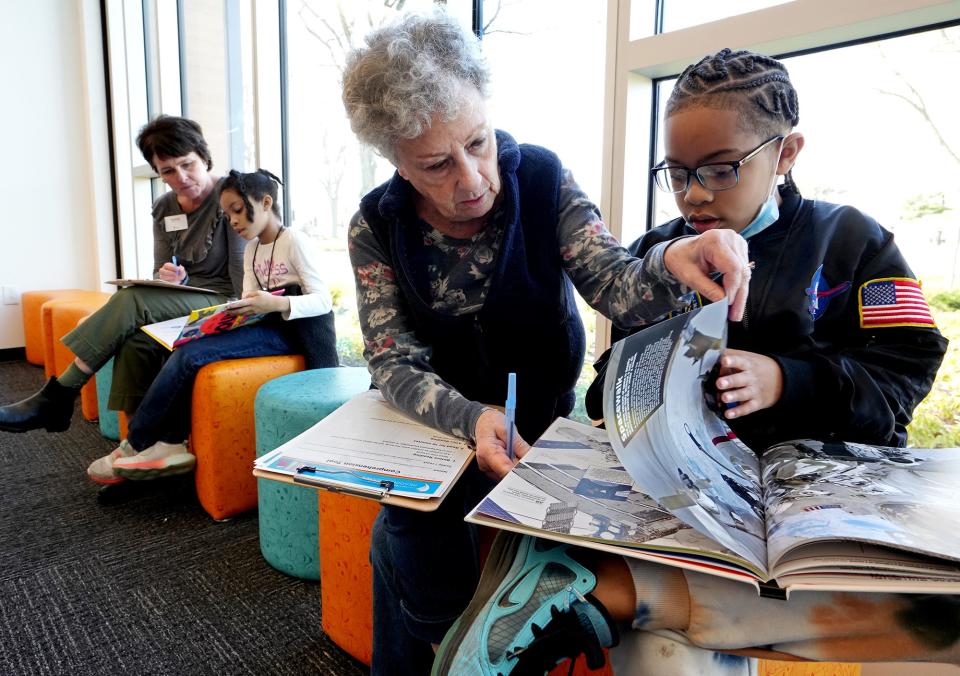Ohio must stop funding school bureaucracy and put kids first |Opinion

Greg R. Lawson is a research fellow at The Buckeye Institute.
As Ohio students head back to school, state policymakers must continue to provide families with the educational “school supplies” they need to help their children learn.
Ohio has struggled with long-standing achievement gaps for minority students, and the pandemic-induced school closures expanded learning loss across demographics during the past two school years. A recent Ohio State University study found that Ohio’s 2021 student test scores trailed scores from 2019.
Achievement gaps must close, and test scores must improve.
More:Student reading scores dropped in pandemic. Here's what's being done to improve skills
Some solid education reforms were made during the pandemic, and that foundation gives Ohio policymakers something to build on.
The General Assembly, for example, amended Ohio’s Ed Choice, the state’s largest voucher program, to ensure that students may now keep the full value of their voucher even if their parents earn a few extra dollars.
More:How to submit guest opinion columns to the Columbus Dispatch
Legislators also established the $500 Afterschool Child Enrichment Program to help low- and middle-income families pay for additional educational services and intensive tutoring that have been shown to improve learning. And the General Assembly adopted a dollar-for-dollar tax credit up to $750 for any taxpayer who contributes to an approved scholarship granting organization.
These important but rudimentary reforms should mark the beginning, not the end, of Ohio’s education reform effort.
More:From cocktails to charter schools: How Ohio's two-year budget will impact your life
The Ohio Department of Education should enhance the Ohio Afterschool Child Enrichment Program marketing campaign so that more families are aware of the program and the $125 million of federal aid now available. Lower-income families need this money to help their children regain academic ground lost during the pandemic, but they won’t use it if they don’t know it’s there for them.

A $750 scholarship tax credit was a good start and a nod to the fact that taxpayers deserve more say in who their tax dollars help. But a heftier tax credit is warranted and raising the maximum credit to $2,500 would give more taxpayers more incentive to support student scholarships.
More:Column: Columbus City Schools are committed to raise academic performance amid pandemic
Finally, Ohio should put students before school districts. Rather than simply funding the education bureaucracy, the state should first be funding students and supporting their educational choices and academic needs.
As The Buckeye Institute has shown, creating state-funded, broad-based education savings accounts will allow families to customize learning tools for their children. Education savings accounts can be used to help pay for tuition, tutoring, supplementary curriculum, online courses, and other education services tailored to fit each student’s individual needs. Other states have already blazed this trail and adopted universal education savings accounts. Ohio should follow their lead.
As Ohio students head back to school, Ohio lawmakers should be getting back to work on meaningful education reforms for families.
Students need more than a back-to-school backpack. They need more academic options and financial support to make up the learning lost to the pandemic. This is one test Ohio policymakers cannot afford to fail.
Greg R. Lawson is a research fellow at The Buckeye Institute.
This article originally appeared on The Columbus Dispatch: Opinion: Educational reforms needed to close pandemic learning gaps

